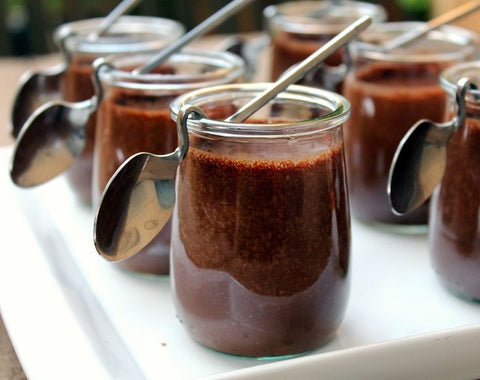Feeling muscle pain the day after exercising is normal and, although it is not serious, it can be very annoying. We will show you some effective ways to avoid them or recover faster.
Sore muscles: what are they and why do they occur?
If you've ever gotten back into a workout after a period of inactivity, or pushed your muscles harder than usual, you already know what muscle soreness is: a mild feeling of muscle pain caused by pushing your muscles harder than usual. Until fairly recently, it was believed that muscle soreness was caused by fluid retention and lactic acid solidification, but this is not the case.
Muscle soreness is caused by slight tears in the muscle tissue, resulting from intense exercise. Although the idea of muscle tearing may alarm you, the truth is that it is a fundamental part of the normal process of hypertrophy and muscle development during physical activity.

What happens to our body?
Muscle soreness usually appears between half a day and a day after exercise, and the muscle cells spend the following days rebuilding the muscle fiber and strengthening themselves to face the next session. In cases of great effort, the sensation can last for more than a week, although this is not common.
Specifically, muscle soreness is caused by contracting muscles. However, muscle soreness is not always an inflammatory response to muscle wear and tear. Microtears can also occur in other parts of the muscle system, such as nerve fibers or tendons.
The origin of the muscle soreness is what makes the sensation when doing Romanian deadlifts different from that when doing push-ups, for example. However, the recovery process is similar in all cases, so we can apply the same tips to prevent and treat muscle soreness in either case.

Do all physical activities cause muscle soreness?
No. They usually occur with eccentric contraction muscle movements , which are those that occur when the muscles contract but also stretch and lengthen.
This may seem contradictory, but it is not. For example, the eccentric phase of the squat is the descent, when the glutes and quadriceps contract eccentrically (they contract while they are lengthening), to control the descent. This happens in very specific muscles, responsible above all for propulsion, such as the calves or quadriceps. This type of contraction causes great tension in your muscles, which causes micro-tears in muscle fibers that translate into muscle pain and inflammation in the area, the famous muscle soreness.
Can you gain muscle mass without getting sore muscles?
And the answer is yes! Intense physical activity that does not cause muscle soreness can still provide a sufficient stimulus for muscle development. Muscle soreness therefore does not determine whether the signal for “muscle development” has been activated.
It is still impossible to determine whether the muscular activity has been intense enough to trigger a cycle of muscle growth. Soreness is a very good indication of this, as the degree of pain helps us to intuit the intensity of the muscular tension.





Comments (0)
There are no comments for this article. Be the first one to leave a message!